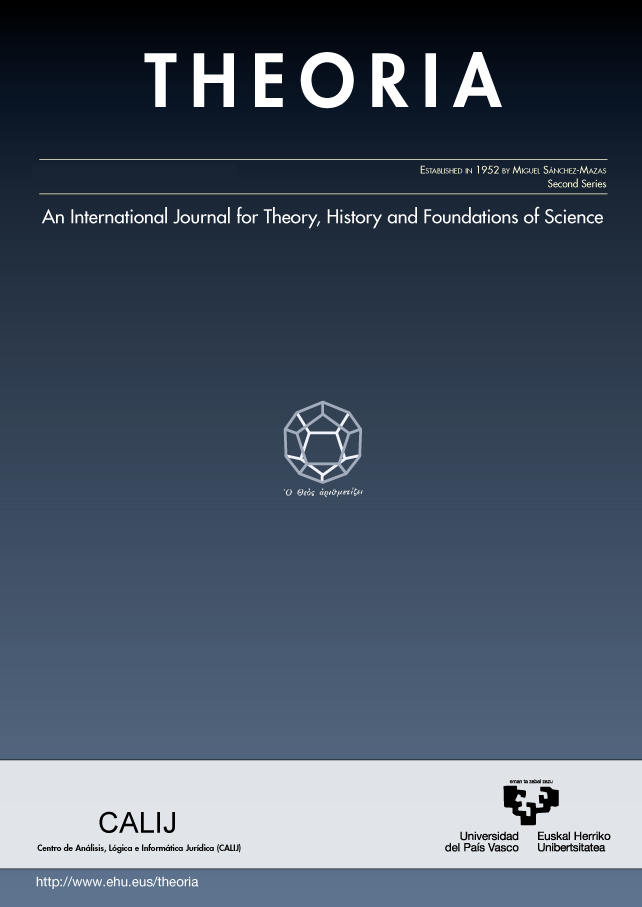The philosopher's paradox: How to make a coherent decision in the Newcomb Problem
##plugins.themes.bootstrap3.article.main##
##plugins.themes.bootstrap3.article.sidebar##
Published
05-12-2019
Carl Hoefer
Christopher Viger Daniel Viger
Christopher Viger Daniel Viger
Abstract
We offer a novel argument for one-boxing in Newcomb's Problem. The intentional states of a rational person are psychologically coherent across time, and rational decisions are made against this backdrop. We compare this coherence constraint with a golf swing, which to be effective must include a follow-through after the ball is in flight. Decisions, like golf swings, are extended processes, and their coherence with other psychological states of a player in the Newcomb scenario links her choice with the way she is predicted in a common cause structure. As a result, the standard argument for two-boxing is mistaken.
How to Cite
Hoefer, C., Viger, C., & Viger, D. (2019). The philosopher’s paradox: How to make a coherent decision in the Newcomb Problem. THEORIA. An International Journal for Theory, History and Foundations of Science, 34(3), 407–421. https://doi.org/10.1387/theoria.20040
##plugins.themes.bootstrap3.article.details##
Keywords
Newcomb problem, rationality, causal decision theory, evidential decision theory, causation, counterfactuals
Section
ARTICLES
Authors retain copyright and grant the journal right of first publication with the work simultaneously licensed under a Creative Commons License.


 http://orcid.org/0000-0002-8020-4630
http://orcid.org/0000-0002-8020-4630